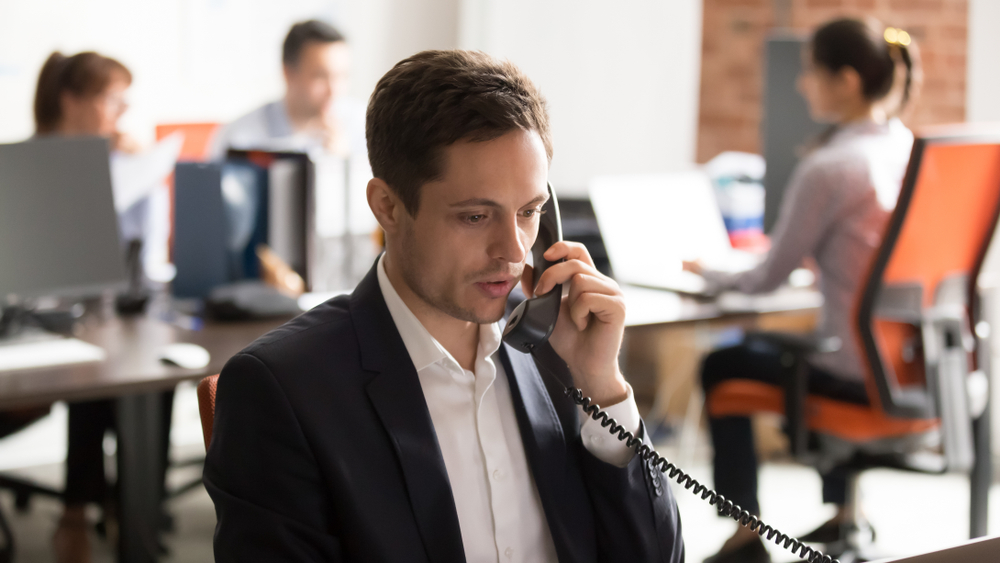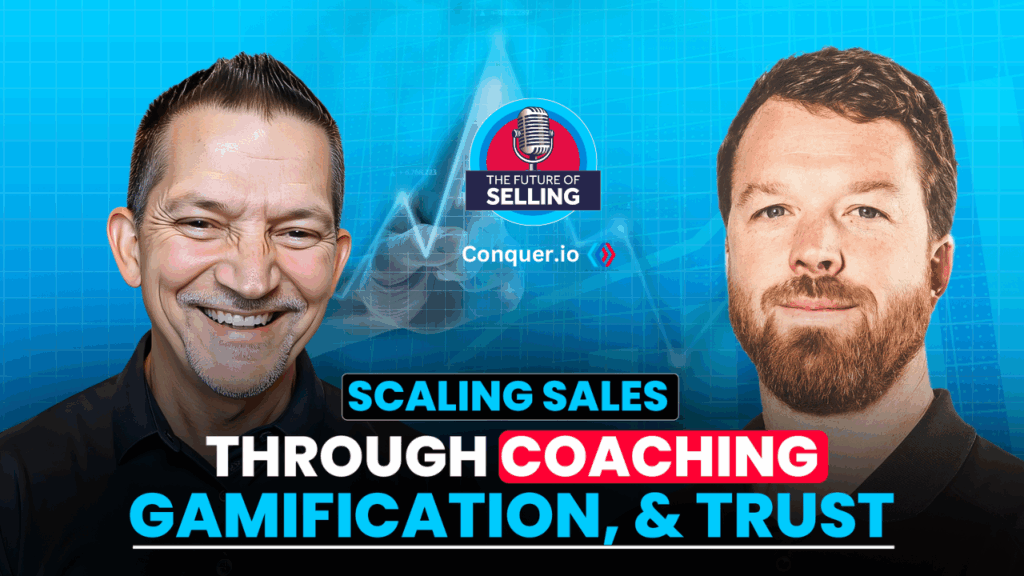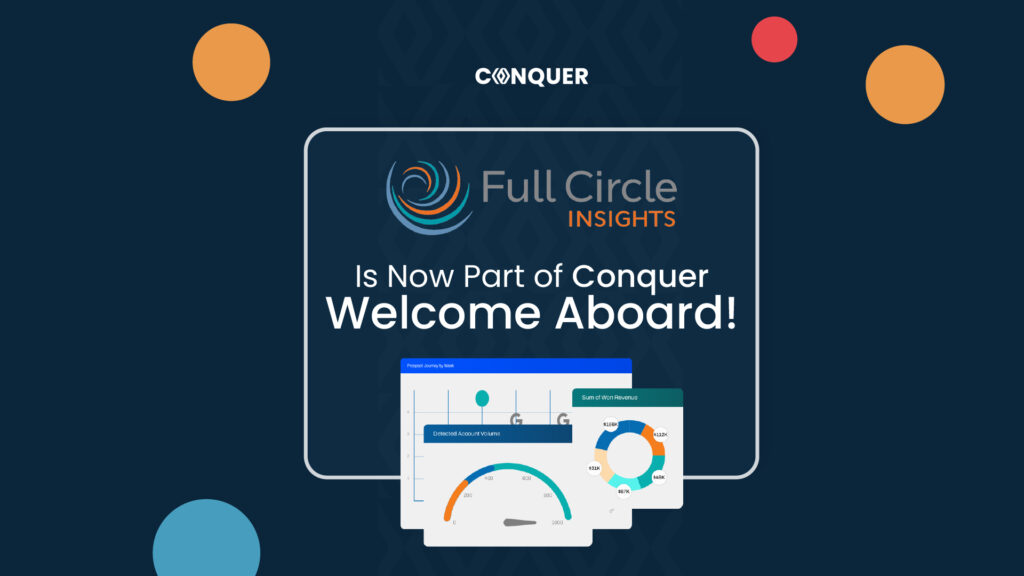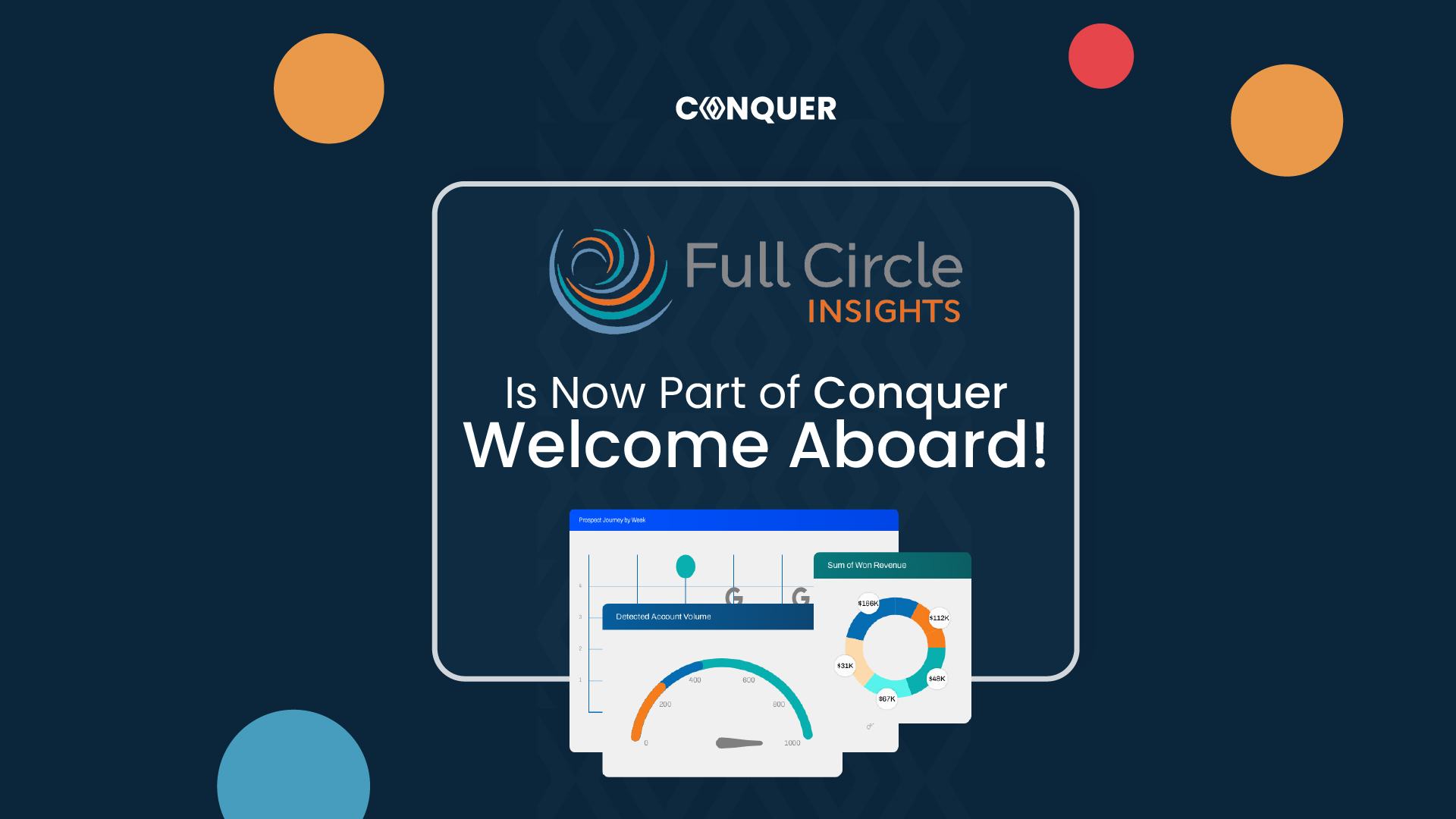In enterprise sales, every minute counts, especially when responding to new leads. Research consistently shows that the faster a sales team responds to an inbound lead, the more likely they are to convert it into a customer. Yet, despite massive investments in demand generation, many enterprise sales teams still struggle with slow lead response times.
This guide is designed to help you fix that—once and for all.
We’ll break down why speed-to-lead matters, what optimal response times look like, how to build a lead optimization engine that works at scale, and what tools and tactics high-performing enterprise teams are using to gain a competitive edge.
What is lead optimization?
Lead optimization is the process of refining how leads are captured, scored, routed, and followed up with—so your team connects with the right leads, at the right time, with the right message.
At the enterprise level, this means aligning multiple systems (CRM, marketing automation, sales engagement), departments (marketing, SDRs, AEs), and geographies to eliminate delays and maximize responsiveness.
A key component of lead optimization is speed-to-lead—a critical metric that tracks how quickly your team responds to a new inbound inquiry.
Why speed-to-lead is a game-changer
Speed-to-lead isn’t just a vanity metric. It directly affects your ability to convert leads into revenue.
According to a Harvard Business Review study, companies that respond to leads within 5 minutes are 21 times more likely to qualify the lead than those who take 30 minutes or longer. A separate study from Lead Connect found that 78% of customers buy from the first company to respond.
The modern buyer expects instant interaction. If you don’t meet that expectation, your competitors will.
The enterprise challenge
Enterprise sales organizations face unique hurdles that make speed-to-lead optimization more complex:
- Lead volume: Dozens or hundreds of inbound leads per day.
- Territory management: Leads must be routed to the right rep by geography, segment, or industry.
- Multiple sales roles: SDRs, AEs, BDRs—each with a different function and handoff.
- Tech stack complexity: CRM, marketing automation, lead scoring tools, enrichment providers, and more.
These layers of complexity often result in missed SLAs, routing delays, and unresponsive follow-ups. Even a 30-minute lag can cost you high-value opportunities.
What does good lead optimization look like?
A high-performing lead optimization engine doesn’t just reduce sales friction—it accelerates revenue. It ensures that every qualified lead is captured, enriched, prioritized, and followed up with in a way that’s fast, data-informed, and deeply personal.
In the enterprise context, this means orchestrating multiple systems and roles to act in unison. Here’s what best-in-class lead optimization looks like in practice:

Instant lead capture
Speed starts at the moment of capture. After lead optimization, the system collects leads from every entry point—website forms, chatbot interactions, paid campaigns, webinars, and events—and instantly funnels them into your CRM or sales engagement platform.
This eliminates manual imports and delays that cost your team precious time. Real-time API integrations or form connectors ensure that no lead sits idle in someone’s inbox for hours. Whether it’s a contact form submission or an in-chat meeting request, leads should automatically be time-stamped, tracked, and ready for routing within seconds.
Automated lead enrichment
Not all leads come in with the context you need, but enrichment solves that. Automated lead enrichment tools add firmographic and behavioral data to each inbound lead the moment they enter your system. This includes company size, industry, job title, tech stack, location, and even recent funding or intent data.
This allows your team to qualify leads faster, personalize outreach better, and route more intelligently. Enrichment not only saves time on manual research but also ensures reps engage with leads from a place of knowledge—not guesswork.
Smart lead scoring & routing
Once enriched, leads must be scored and routed without delay. Smart lead optimization ensures that scoring models evaluate key factors like job role, company size, engagement behavior, and fit to your ICP (ideal customer profile). These scores help determine which leads are most sales-ready and which should be nurtured or passed back to marketing.
From there, routing logic assigns leads to the right rep based on territory, product line, industry vertical, or round-robin rules. The best systems do this automatically, using tools like Salesforce Flow, removing any lag caused by manual handoffs or internal routing confusion.
Automated & Personalized follow-up
Capturing and routing a lead isn’t enough—you need to act fast and with relevance. A strong lead optimization system immediately kicks off a personalized follow-up based on the lead’s behavior or source. This might include a welcome email, a meeting link, or a notification to the assigned SDR to call within minutes.
Platforms like Conquer enable reps to launch customized sequences with one click, combining email, phone, and LinkedIn outreach. The result is a touchpoint that feels timely and human—yet is powered by automation behind the scenes.
Speed-to-lead benchmarks you should know
To understand how your team stacks up, here are some industry benchmarks for B2B enterprise companies:
| Metric | Best-in-Class | Average | Poor |
|---|---|---|---|
| Initial response time | Under 5 minutes | 30–60 minutes | 1+ hours |
| Time to first call | Within 15 minutes | 1–3 hours | Same day or longer |
| Time to assign lead | Instant to 10 mins | 1–2 hours | Manual / delayed |
| Lead-to-opportunity conversion | 15–20% | 5–10% | < 5% |
To understand how your team stacks up, here are some industry benchmarks for B2B enterprise companies:If you’re above 15 minutes for first touch, you’re already behind.
6 steps to optimize speed-to-lead for enterprise sales
Optimizing speed-to-lead isn’t just about replying faster—it’s about building a system that consistently responds to the right leads, in the right way, at the right time.Below are six essential steps that help enterprise teams eliminate bottlenecks, increase conversion rates, and turn inbound interest into pipeline—faster than ever.
1. Audit your lead response workflow
Start by mapping the current journey of a lead from capture to contact. Identify bottlenecks:
- Are form submissions delayed in syncing with your CRM?
- Are leads sitting in a shared inbox?
- Is someone manually assigning leads?
Use this audit to establish a baseline response time and discover where leads are getting stuck.
2. Unify and automate lead routing
Use automation to route leads based on geography, deal size, product interest, or account tier. Many tools can help automate routing logic and eliminate human delay.
If you’re using Salesforce, native tools or platforms like Conquer can embed routing directly into your CRM, ensuring reps are notified instantly when a new lead lands in their queue.
3. Pre-enrich all leads
The moment a lead enters your funnel, enrich it with firmographic and behavioral data. This lead optimization tactic is crucial since knowing the company size, industry, and web behavior lets your team personalize outreach and prioritize high-fit leads.
4. Trigger immediate outreach sequences
Use your sales engagement platform to automatically launch follow-up sequences (email + call task) the moment a qualified lead is routed. Best-in-class orgs use AI or pre-built templates to personalize messaging at scale.
Conquer, for example, lets reps send pre-personalized messages with one click inside Salesforce while tracking all actions—without toggling between apps.
5. Measure & Enforce SLAs
Define clear SLAs for:
- Time to first touch (e.g. <5 min)
- Number of touchpoints in first 24 hours
- Ownership handoffs (SDR → AE)
Then, track performance across reps and regions. Use CRM dashboards or RevOps tools like Conquer to monitor in real-time.
6. Integrate chat & Instant booking
Live chat and calendar integration are becoming standard. Use tools like Drift, Intercom, or Calendly to let qualified leads book time instantly or speak to someone live.
Fast-tracking qualified buyers into a live conversation can double conversion rates.

Common lead optimization pitfalls to avoid
Even with great tools, many enterprise teams fall into these traps:
- Manual lead assignment: Still relying on spreadsheets or Slack messages? You’re leaking pipeline.
- Slow marketing-sales handoff: Delays in qualifying or routing leads reduce impact.
- Generic outreach: Failing to personalize follow-ups—even automated ones—kills engagement.
- Data silos: Incomplete data means leads don’t get routed or prioritized correctly.
- Lack of ownership: No clear accountability means leads fall through the cracks.
Solving these requires operational alignment, automated workflows, and rep accountability.
Real-world example: Fixing speed-to-lead at scale
A Fortune 1000 HR and payroll services provider was experiencing major lead handling issues across their sales team. Poor call quality, dropped inbound connections, and lack of visibility into rep activity created a fractured follow-up experience—and worse, reps were using personal phones, resulting in no CRM attribution and severe PCI compliance risks.
Even when leads were qualified, internal delays meant reps couldn’t respond quickly enough to capitalize on buyer interest. After deploying Conquer, the company achieved transformative results in just one year:
- 75% increase in user adoption, driven by superior call quality and embedded workflows
- 15x increase in sales operations efficiency by automating activity tracking and eliminating manual follow-up
- 100% PCI compliance, thanks to secure, centralized communication inside Salesforce
- Immediate inbound + outbound call tracking, allowing sales teams to respond within minutes—not hours
By removing barriers to response and embedding follow-up directly into their CRM, the client eliminated friction in their lead response process. The result? A faster, more compliant, and dramatically more efficient sales organization.
Wrapping up
For enterprise sales, lead optimization isn’t just a workflow fix—it’s a growth strategy.
The difference between a 5-minute response and a 30-minute one can mean hundreds of thousands in lost revenue. The systems, processes, and people you put in place today will determine whether your leads become conversations—or dead ends.
Conquer helps enterprise teams optimize every part of the lead journey—from capture to follow-up—without leaving Salesforce. If you’re serious about improving response times, lead quality, and rep productivity, book a demo now.








